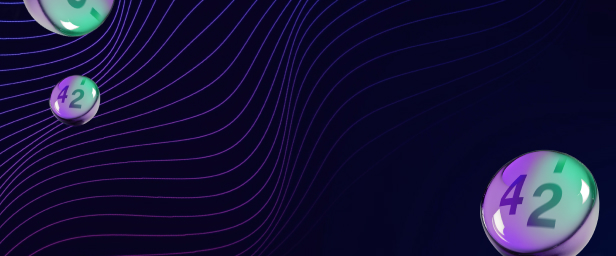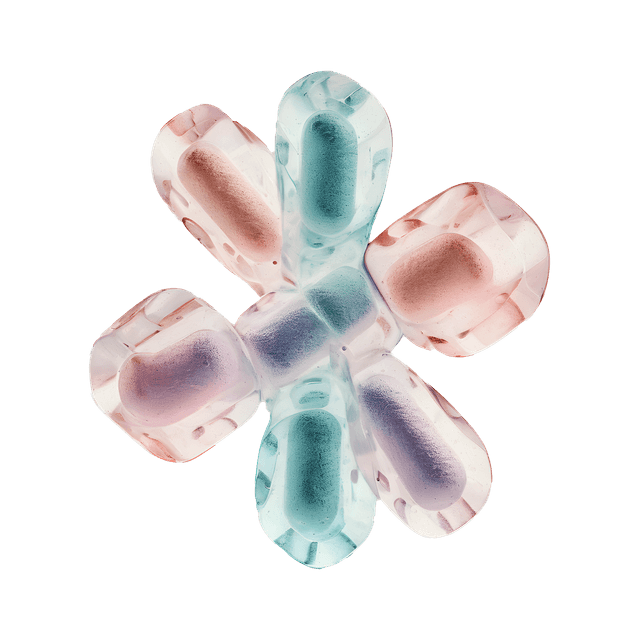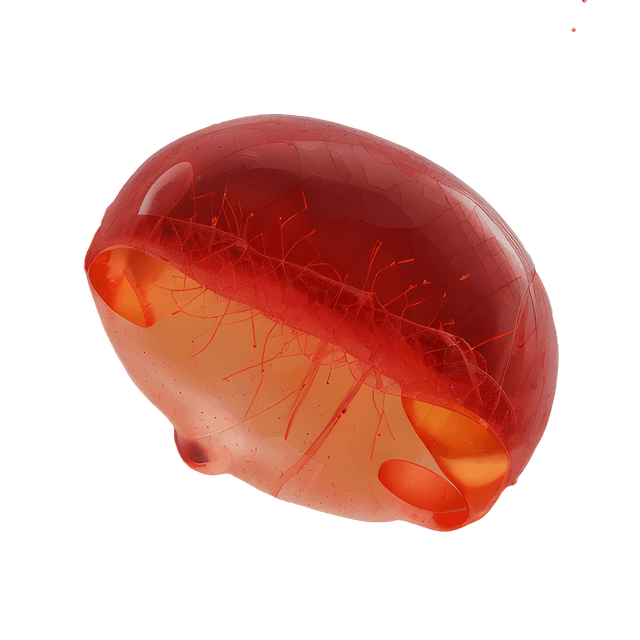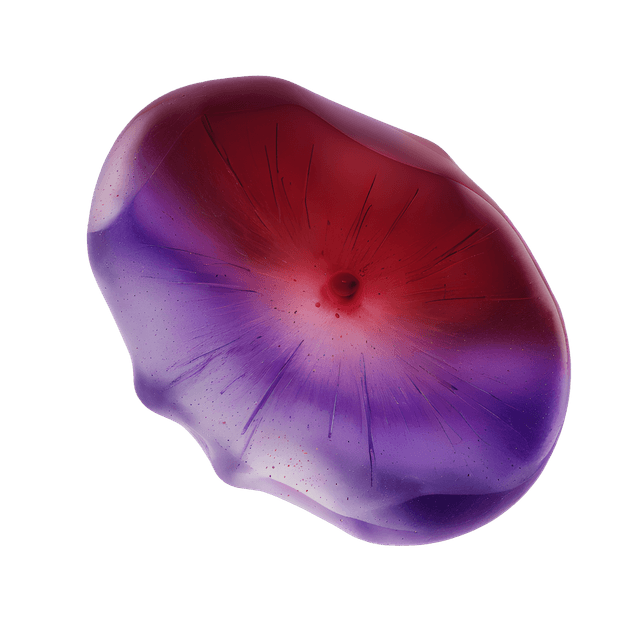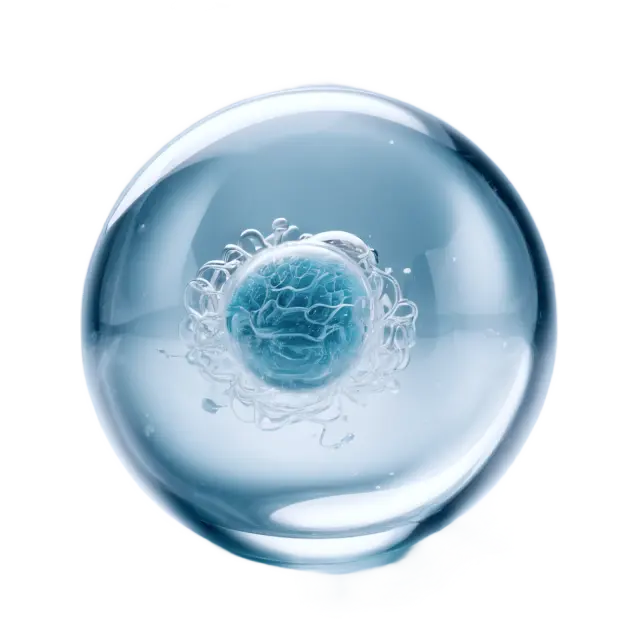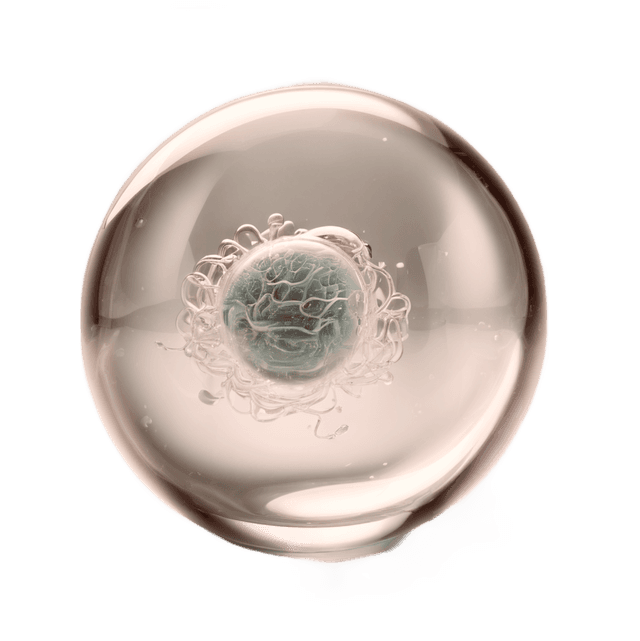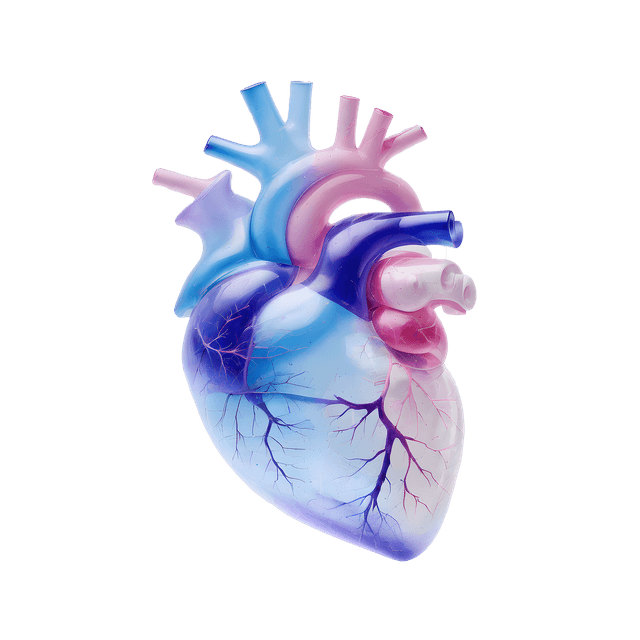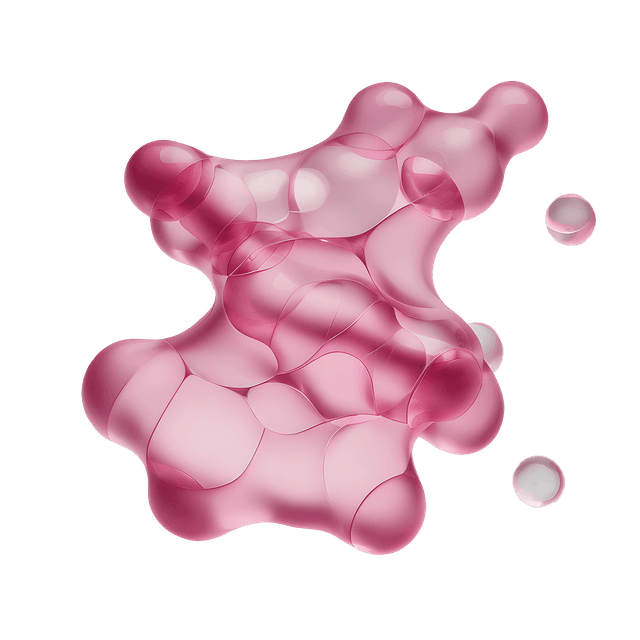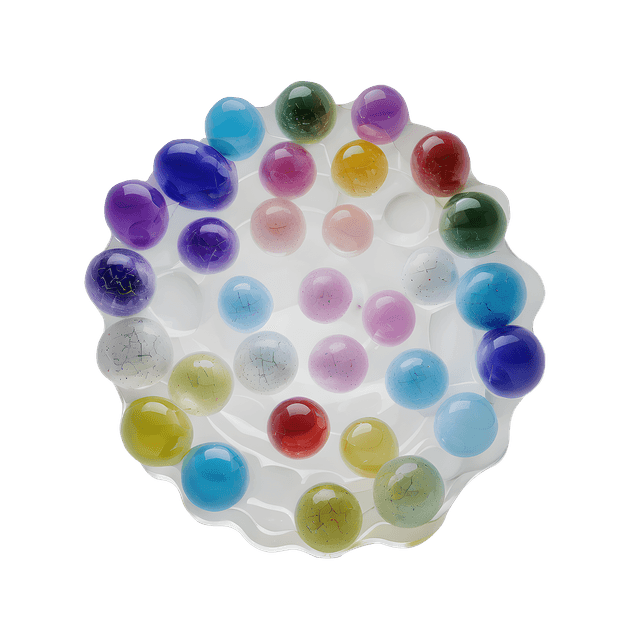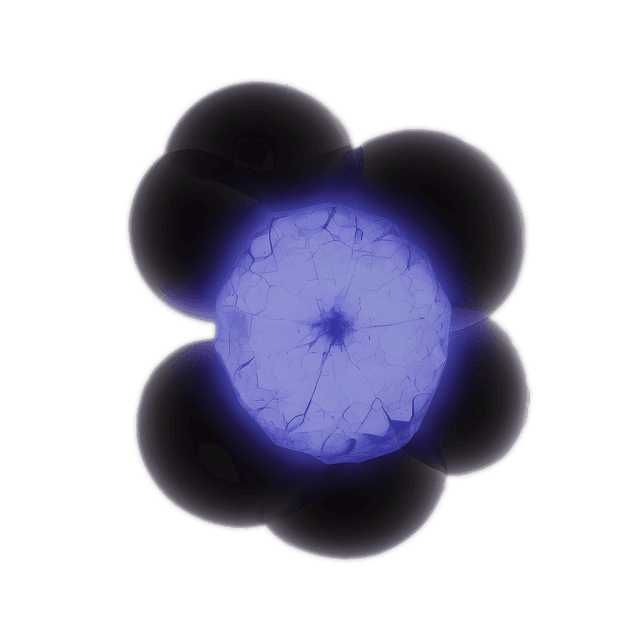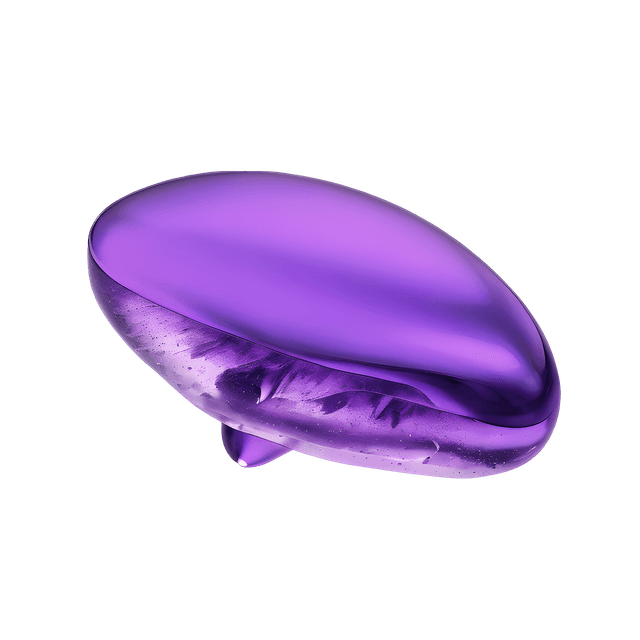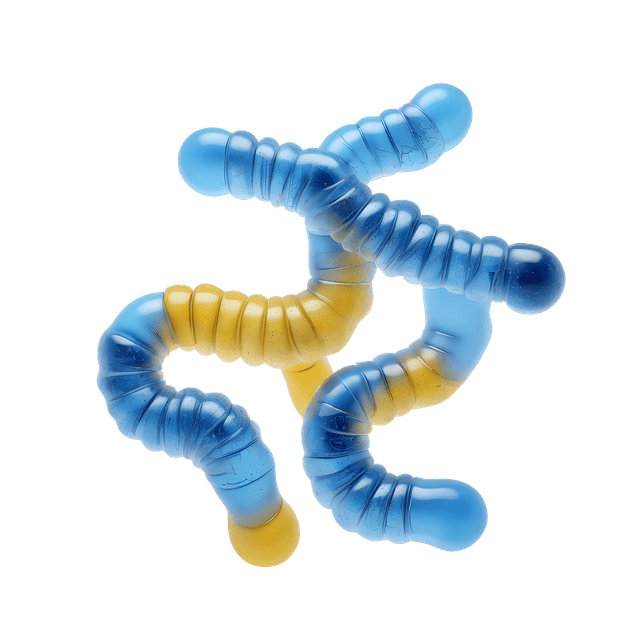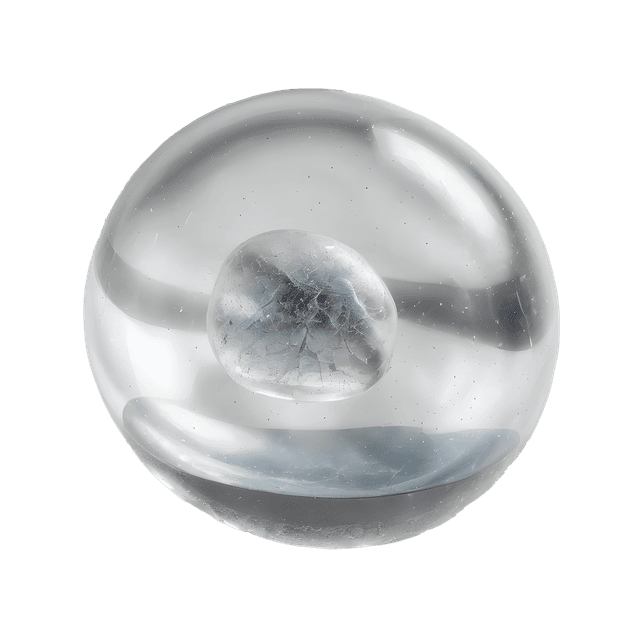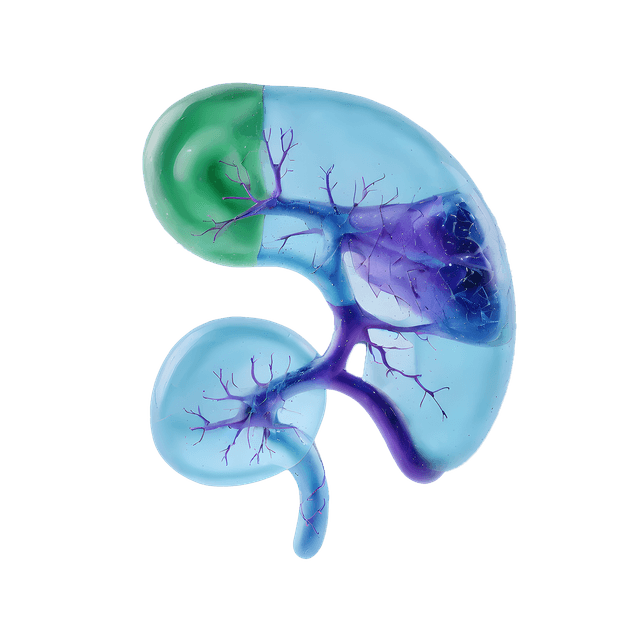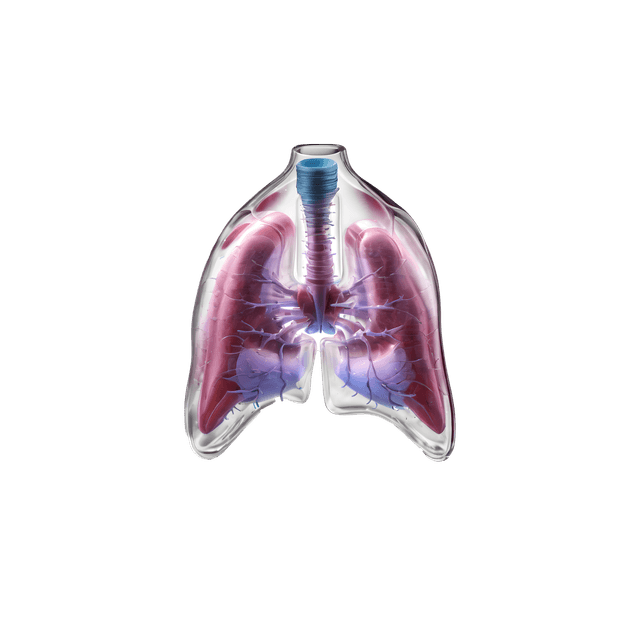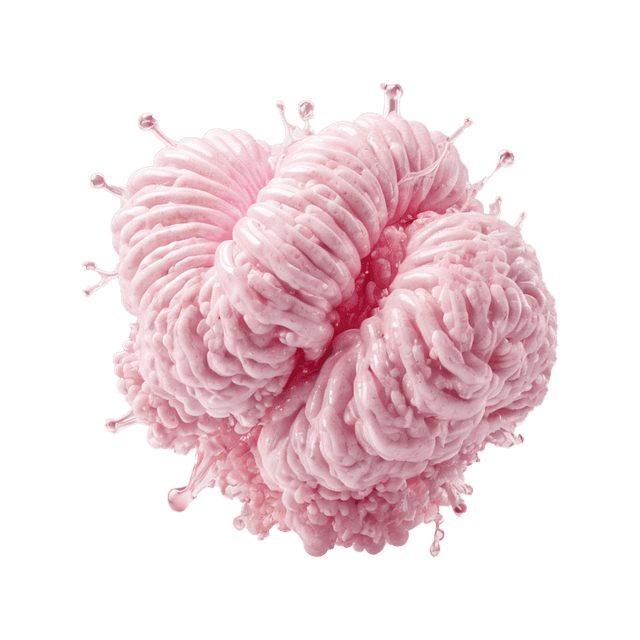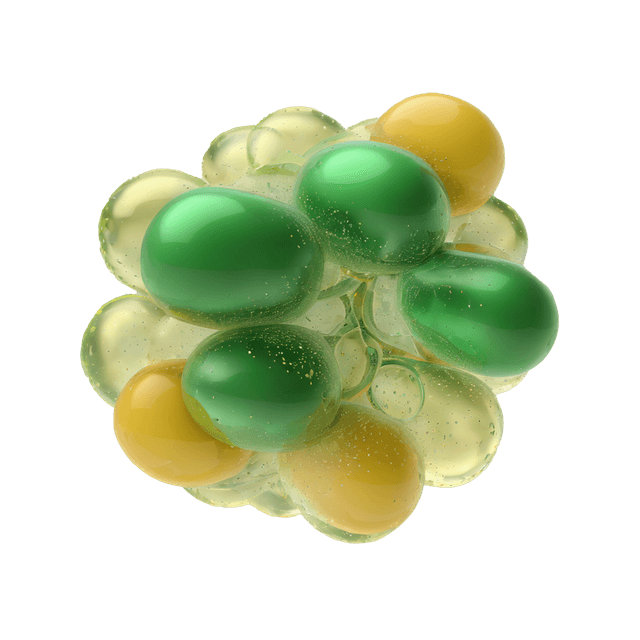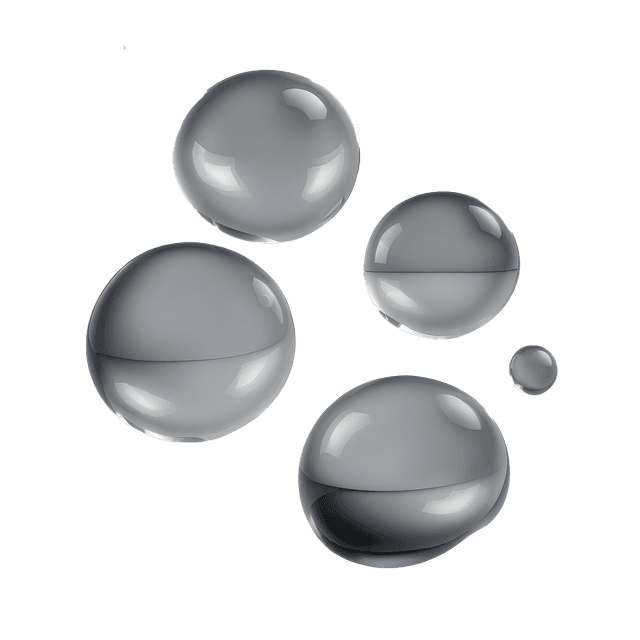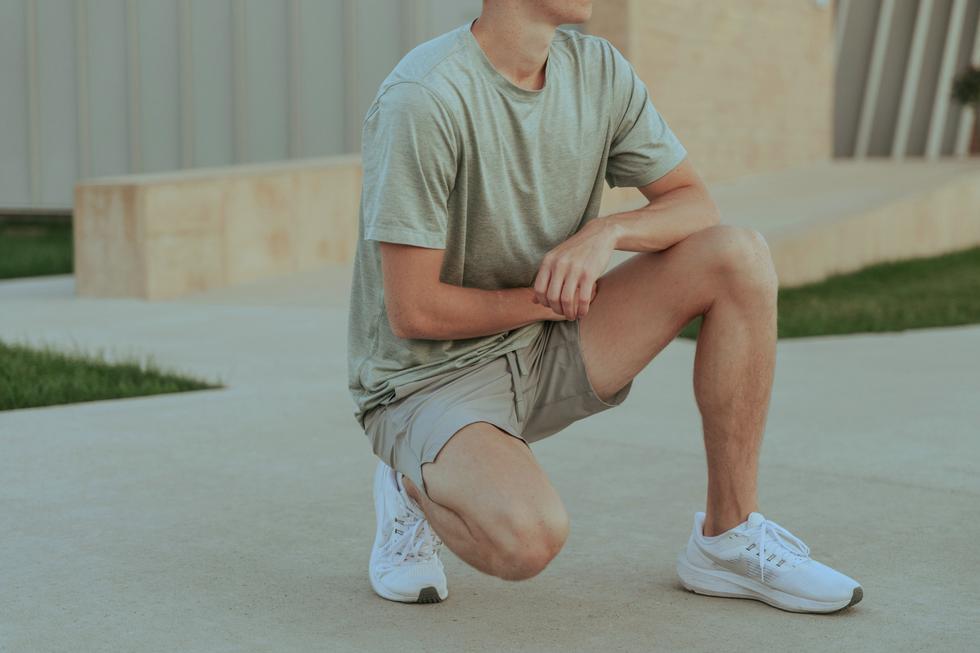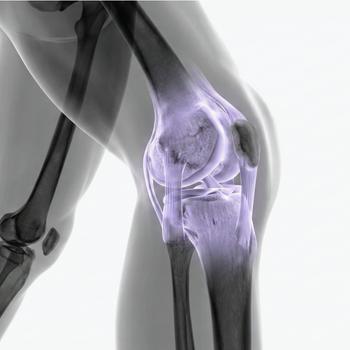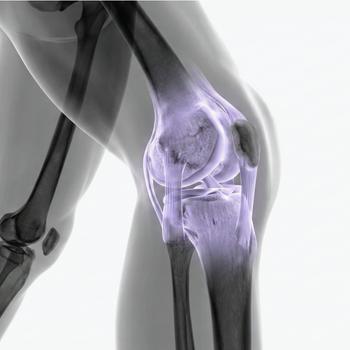Quick version
MRI of the knee can provide valuable information about the cause of long-term pain and stiffness. Common findings include cartilage damage in osteoarthritis, bone marrow edema, swelling with hydrops or Baker's cyst, meniscal changes, ligament damage and signs of inflammation. Treatment is always tailored to the diagnosis and severity, but may include physiotherapy, adapted exercise, weight-bearing, pain relief and in some cases surgery.
Osteoarthritis of the knee - the most common cause
Osteoarthritis is the most common cause of long-term pain and stiffness in the knee. In osteoarthritis, the cartilage gradually breaks down and becomes thinner or disappears completely in some areas. This causes the underlying bone to be exposed to higher loads, which leads to pain, stiffness and sometimes clicking in the joint. An MRI of the knee can show both cartilage reduction and deeper cartilage damage, often together with bone deposits (osteophytes) that develop as the body tries to stabilize the joint.
Bone marrow edema and subchondral changes
When cartilage is damaged, the bone can also be affected. A common finding on MRI is bone marrow edema, which means fluid accumulation in the bone tissue under the cartilage. This can cause a dull, deep pain and is often a sign of overload. In longer-term disease, subchondral changes can also be seen, such as cysts or areas of thickened bone (sclerosis). These are typical of more advanced osteoarthritis.
Swelling in the knee – hydrops and Baker's cyst
The knee often reacts to injury or irritation by producing more synovial fluid. This is called hydrops and leads to swelling, stiffness and a feeling of tension in the joint. In some people, the fluid can flow backwards and form a Baker's cyst, a fluid-filled bulge behind the kneecap. This can cause pressure, tenderness and limited mobility.
Meniscal changes and meniscal rupture
The menisci function as shock absorbers between the femur and lower leg. With increasing age, it is common for MRI to show minor wear and tear in the menisci, which can contribute to stiffness and discomfort. A meniscal rupture can cause more severe symptoms such as sudden pain, knee locking or reduced mobility.
Ligament damage and instability
The ligaments in the knee are crucial for the stability of the joint. Damage to the anterior cruciate ligament or collateral ligaments can lead to instability, severe pain and often the need for surgery. MRI can detect both acute ruptures and scarring from previous injuries.
Synovitis and inflammation
In some patients, MRI shows signs of synovitis, which is an inflammation of the synovial membrane. This can be seen in both osteoarthritis and inflammatory joint diseases such as rheumatoid arthritis. Synovitis often causes swelling, stiffness and increased pain, especially after rest.
Facts: Common MRI findings in the knee
- Cartilage reduction / cartilage damage – breakdown of cartilage in osteoarthritis, leading to pain and stiffness.
- Osteophytes – bone spurs that occur in osteoarthritis and contribute to stiffness.
- Bone marrow edema – fluid accumulation in the bone tissue that causes pain and irritation.
- Subchondral changes – cysts or sclerosis under the cartilage, common in long-term osteoarthritis.
- Hydrops – increased amount of synovial fluid in the knee joint that causes swelling.
- Baker's cyst – fluid-filled blister behind the kneecap that causes pressure and pain.
- Meniscal changes / rupture – wear and tear or damage that can cause stiffness, pain and locking.
- Ligament damage – damage to the cruciate ligaments or collateral ligaments that lead to instability.
- Synovitis – inflammation of the synovial membrane, common in osteoarthritis and rheumatic diseases.

